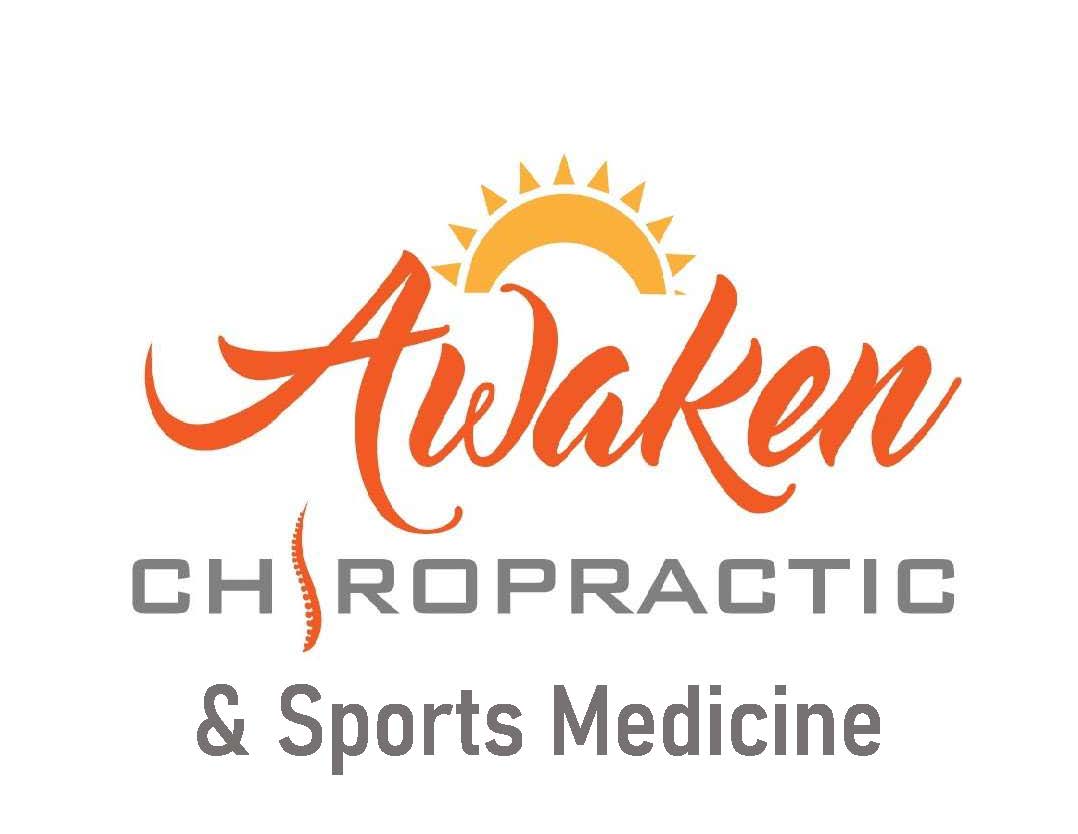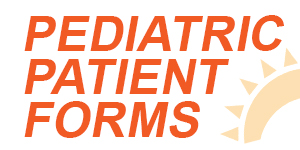Picture this: it’s a busy day, and suddenly, a persistent ache starts in your jaw. Chewing becomes uncomfortable, even painful, and headaches seem to linger around your temples. You might be experiencing symptoms of temporomandibular joint (TMJ) disorder.
This condition affects millions, causing discomfort in the jaw joint and muscles controlling jaw movement. But fear not; relief might be closer than you think. Your Parker chiropractor could be the key to managing and alleviating TMJ pain.
Understanding TMJ
The temporomandibular joint acts like a hinge connecting your jaw to the temporal bones of your skull. TMJ disorders encompass a range of conditions causing pain and dysfunction in this joint and the muscles controlling jaw movement.
Common symptoms include jaw pain or tenderness, clicking or popping noises when chewing, difficulty opening or closing the mouth, and even headaches or earaches. These symptoms can vary in intensity and frequency, impacting daily life and causing considerable discomfort.
The Pain Point of TMJ
The pain points of TMJ often manifest in specific areas around the jaw joint and surrounding muscles. The temporomandibular joint itself, located just in front of the ears where the lower jaw meets the skull, is a primary site of discomfort. Patients commonly experience pain or tenderness in this joint, which may intensify while chewing, speaking, or even just resting.
Trigger points – specific areas within the muscles – also contribute to TMJ-related pain. These trigger points typically occur in the muscles that control jaw movement, including the masseter muscles (located at the sides of the jaw) and the temporalis muscles (at the temples).
When these muscles become tense or inflamed, they can create referred pain, leading to discomfort not only in the jaw but also in nearby areas such as the temples, cheeks, or even the neck and shoulders. The muscles of the neck and upper back often get involved in compensating for the discomfort, leading to additional pain and tension in these regions.
Should I See a Chiropractor or Physiotherapy for TMJ?
Both chiropractors and physiotherapists can provide effective solutions for TMJ pain. Chiropractors focus on spinal adjustments and correcting misalignments that may contribute to TMJ issues. They employ a hands-on approach to address the underlying causes, aiming for systemic improvement. Physiotherapists, on the other hand, often emphasize exercises, manual therapy, and education on posture and ergonomics to alleviate TMJ discomfort.
The choice between the two may depend on individual preferences, the severity of the condition, and the approach that resonates best with the patient.
Do Chiropractors Help TMJ Pain?
Yes! Chiropractors offer a holistic approach to treating TMJ pain, focusing on the alignment of the spine and the musculoskeletal system. Through chiropractic adjustments and techniques, they aim to restore proper alignment and function to the jaw joint. This can help alleviate muscle tension, reduce pain, and improve overall jaw mobility.
Additionally, chiropractors often emphasize lifestyle modifications and exercises to complement the treatment, promoting long-term relief.
Exploring Chiropractic Care for TMJ Relief
Chiropractic care stands as a promising avenue for managing and reducing TMJ pain. Through gentle adjustments and specialized techniques, chiropractors can address the underlying musculoskeletal issues contributing to TMJ disorders. By targeting the root causes, chiropractors aim for long-term relief rather than just masking the symptoms.
Awaken Chiropractic, your trusted Parker chiropractor, offers personalized care to alleviate TMJ discomfort. Our tailored approaches prioritize patient comfort and holistic well-being, addressing not only the symptoms but also the factors contributing to TMJ pain. Don’t let TMJ pain control your life – take the first step towards relief and book an appointment today.






